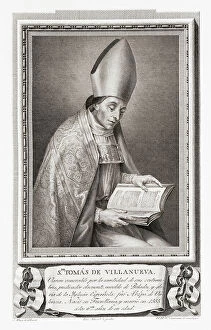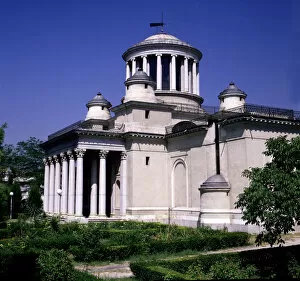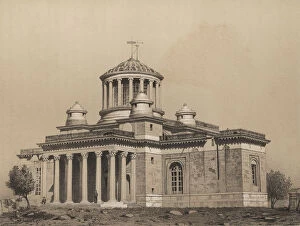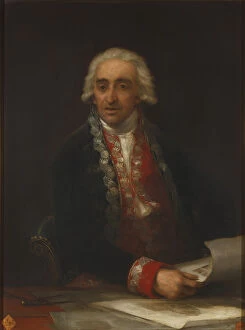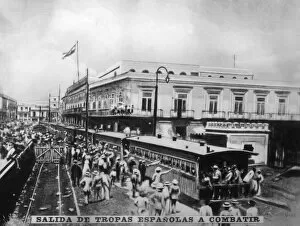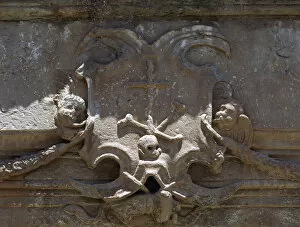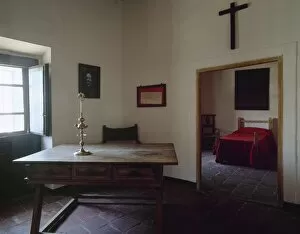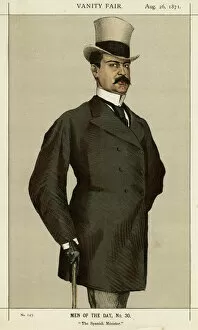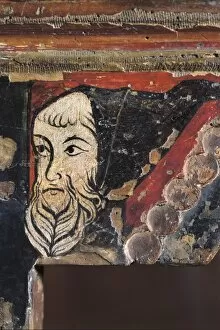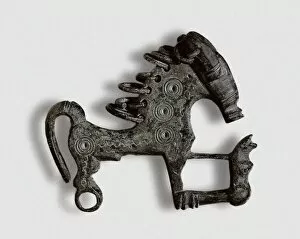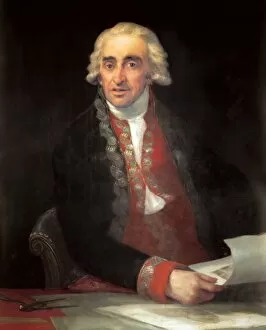Villanueva Collection
Villanueva, a name that echoes through history with its rich tapestry of stories and achievements
For sale as Licensed Images
Choose your image, Select your licence and Download the media
Villanueva, a name that echoes through history with its rich tapestry of stories and achievements. From the facade of the astronomical observatory built by Juan de Villanueva in 1790, to the National Astronomical Observatory of Spain standing tall as a testament to his brilliance engraved in 1870. In the portrait painted by Francisco Goya, we catch a glimpse of Juan de Villanueva himself - a man whose vision shaped architectural wonders. His legacy extends beyond mere buildings; it encompasses an entire era marked by innovation and creativity. The departure of Spanish troops in the 1870s speaks volumes about the impact that Villanueva had on his country. His influence reached far and wide, even touching Benjamin Maximo Laguna y Villanueva, a Spanish botanist who carried forward his passion for knowledge. As we delve deeper into history, we uncover more intriguing connections. The House of Inquisition's shield reminds us of darker times when power was wielded ruthlessly. Yet within those walls lay hidden stories waiting to be discovered - like the reconstruction of Francisco Quevedo's cell in Saint Dominica. But not all tales are shrouded in mystery or tinged with darkness. Manuel Villanueva and Joaquin De Villanueva emerge as beacons of hope and progress, their contributions shaping society for generations to come. Across oceans lies Villa Nueva in New Mexico, where an enchanting Spanish chapel interior stands as a symbol of cultural exchange between nations, and is here that different worlds collide harmoniously under one roof. And let us not forget Blanca of Aragon and Anjou's prior throne - an artifact steeped in regal grandeur from centuries past. Its presence evokes images of opulence and majesty fit for royalty. Finally, our journey concludes with a pot-shaped fibula from the Second Iron Age - an ancient relic bridging gaps between civilizations long gone.

